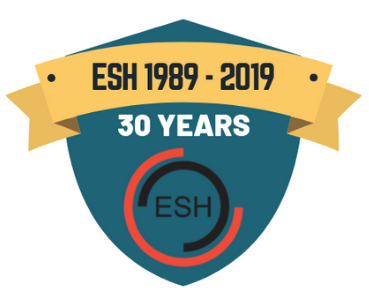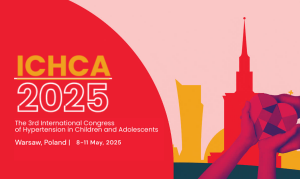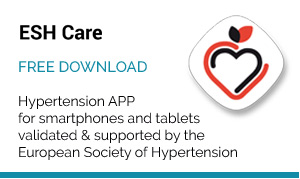20th European Meeting on Hypertension
Sunday, 20 June – First-line combination therapy with aliskiren and amlodipine provided greater reductions in blood pressure (BP) levels and higher rates of BP control compared with amlodipine monotherapy in patients with moderate or severe hypertension, according to new findings from a prospective trial. Combination therapy was also well tolerated, suggesting an important role for aliskiren/amlodipine in the management of patients with type 2 hypertension.
For many patients with moderate or severe hypertension, effective treatment requires combination antihypertensive therapy using agents with complementary mechanisms of action. This 8-week, double-blind, randomized trial was designed to compare the effectiveness of first-line combination therapy with aliskiren, a direct renin inhibitor, plus amlodipine, a calcium channel blocker, versus amlodipine alone. Deborah Keefe, MD, MPH, Novartis Pharmaceuticals Corporation, East Hanover, New Jersey, presented the results.
The study enrolled 485 patients with stage 2 hypertension, defined as a mean sitting systolic blood pressure (msSBP) level between 160 mm Hg and <200 mm Hg. After a washout period ranging from 0 to 4 weeks, patients were randomly assigned to treatment with once-daily aliskiren/amlodipine 150/5 mg or amlodipine 5 mg for 1 week. After the first week of treatment, patients received increased doses of aliskiren/amlodipine (300/10 mg) or amlodipine (10 mg) for 7 additional weeks of therapy.
The primary outcome measures were changes in msSBP and mean sitting diastolic blood pressure (msDBP) after 8 weeks of therapy and the proportion of patients achieving BP control (<140/80 mm Hg) by Week 8. Patients were classified according to baseline msSBP as having moderate (<180 mm Hg) or severe (≥ 180 mm Hg) hypertension for a pre-specified subgroup analysis.
After 8 weeks, treatment with aliskiren/amlodipine resulted in a significantly greater reduction in msSBP compared with amlodipine monotherapy in both the moderate hypertension (-35.3 vs -28.8 mm Hg; p<0.0001) and severe hypertension (-47.5 vs -37.4 mm Hg; p=0.0005) groups. Reductions in msDBP were also greater with aliskiren/amlodipine versus amlodipine alone in the moderate hypertension (-15.7 vs -12.0 mm Hg; p<0.0001) and severe hypertension (-18.6 vs -14.0 mm Hg; p=0.0095) groups.
Combination therapy was also associated with greater BP control. Significantly more patients with moderate hypertension achieved BP control with aliskiren/amlodipine than with amlodipine monotherapy (69.7% vs 53.0%; p<0.01). Patients with severe hypertension were also significantly more likely to achieve BP control with combination aliskiren/amlodipine compared with amlodipine alone (55.6% vs 34.0%; p<0.05).
Combination therapy with aliskiren and amlodipine was well tolerated, with adverse event rates similar to those in the amlodipine monotherapy group. The major exception was peripheral edema, which occurred less frequently in the combination aliskiren/amlodipine group than in the amlodipine monotherapy group in patients with moderate (16.2% vs 18.1%) and severe (6.7% vs 18.8%) hypertension.
Current hypertension guidelines recommend first-line use of dual-combination therapy in patients with moderate or severe hypertension. Combination therapy with aliskiren/amlodipine may prove to be a valuable first-line treatment option for patients with moderate to severe hypertension, Dr. Keefe concluded.






